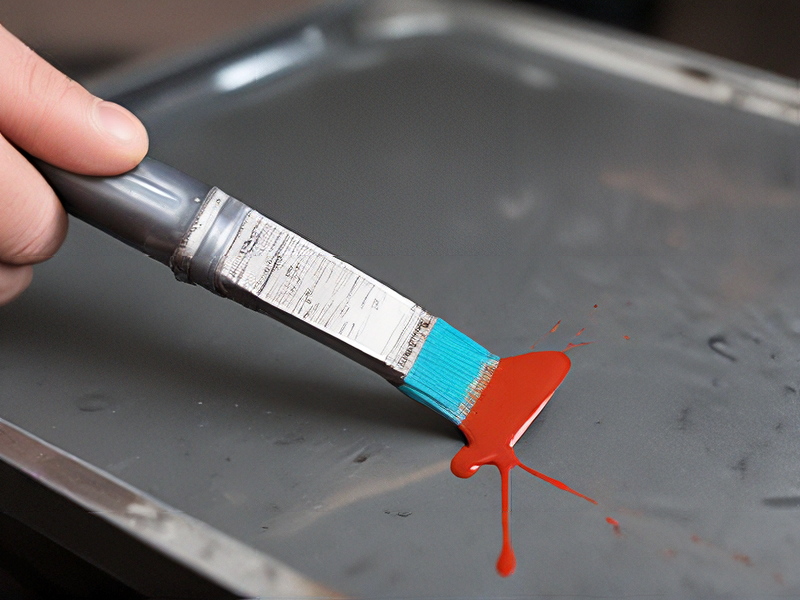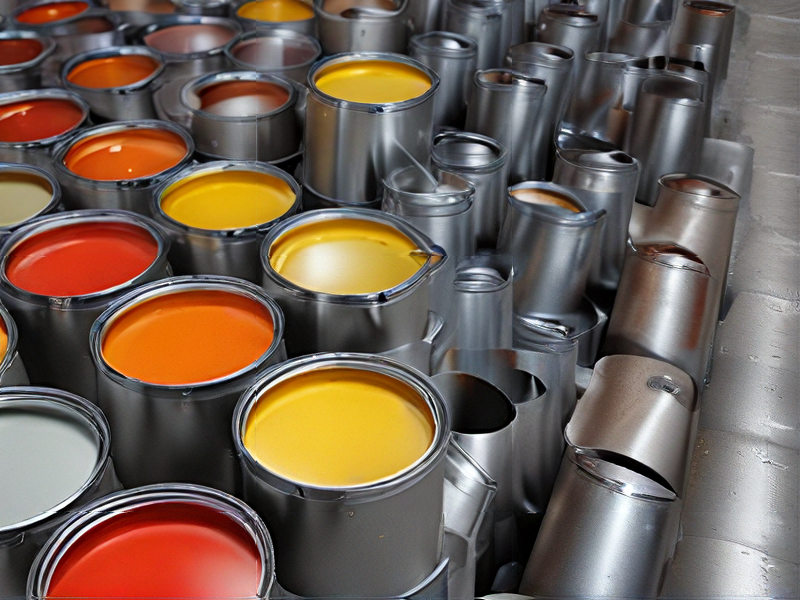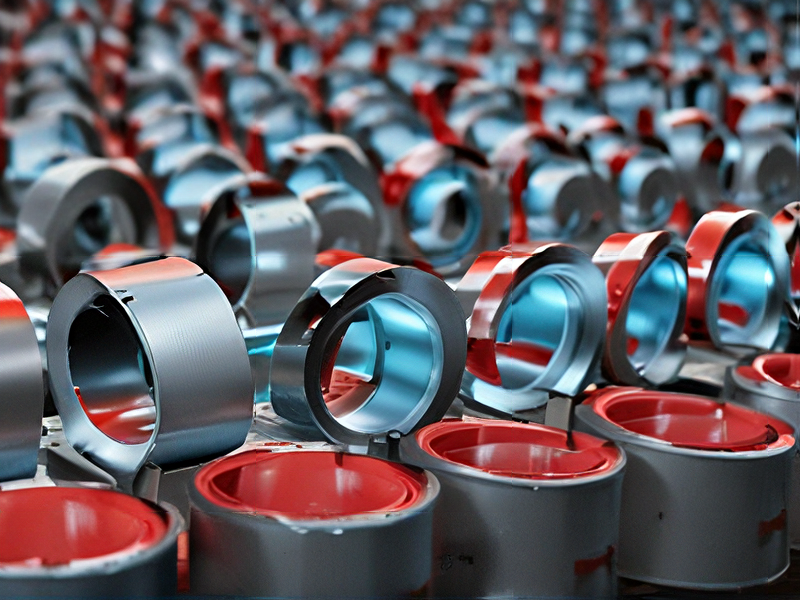Technology and Applications of paint to metal
Technology and Applications of Paint to Metal
Painting metal surfaces is crucial for both aesthetics and protection against environmental factors such as corrosion. Advanced technologies in metal painting ensure durability, adhesion, and smooth finishes.
Surface Preparation
Proper surface preparation is essential for effective paint adhesion. Techniques include sandblasting, grinding, and chemical cleaning to remove rust, grease, and old paint.
Types of Paint
1. Epoxy Paint: Known for its strong adhesion and resistance to chemicals and abrasion, epoxy paint is often used for industrial applications.
2. Polyurethane Paint: Offers excellent UV resistance, making it ideal for outdoor applications.
3. Powder Coating: This dry finishing process involves applying powdered paint electrostatically, then curing it under heat. It provides a uniform, durable, and high-quality finish.
Application Methods
1. Spray Painting: Commonly used for its speed and even application, spray painting can be done with air or airless spray guns.
2. Electrostatic Painting: In this method, paint particles are electrically charged, causing them to adhere uniformly to metal surfaces, reducing waste and ensuring a smooth finish.
3. Dip Coating: Metal objects are dipped into a paint bath, ensuring thorough coverage, often used for complex shapes.
Technological Innovations
1. Nano-Coatings: These provide enhanced protective properties, such as increased resistance to corrosion and wear.
2. UV-Curable Coatings: These coatings cure quickly under UV light, reducing drying times and energy consumption.
3. Smart Coatings: These can respond to environmental changes, such as self-healing properties when scratched.
Applications
Metal painting is crucial in various industries:
– Automotive: Ensures corrosion resistance and aesthetic appeal.
– Construction: Protects structural steel from rust.
– Aerospace: Lightweight, durable coatings are essential for aircraft parts.
– Consumer Goods: Provides durability and decorative finishes for appliances and furniture.
Advancements in paint technology continue to enhance the functionality and lifespan of metal products, making them more sustainable and efficient.

Quality Testing Methods for paint to metal and how to control quality
Quality testing for paint on metal involves several methods to ensure adhesion, durability, and aesthetic standards. Here’s a concise overview of the key methods and quality control measures:
Quality Testing Methods:
1. Adhesion Test:
– Cross Hatch Test: A grid pattern is cut into the paint, and adhesive tape is applied and removed to check if the paint peels off.
– Pull-Off Test: A device pulls a glued stud from the painted surface to measure the force required to remove the paint.
2. Thickness Measurement:
– Magnetic Induction: For ferrous metals, measures the paint thickness by detecting the magnetic field changes.
– Eddy Current: For non-ferrous metals, uses the change in eddy currents to gauge paint thickness.
3. Salt Spray Test:
– Simulates long-term exposure to a corrosive environment to check the paint’s corrosion resistance.
4. Impact Test:
– A weighted pendulum or falling weight impacts the painted surface to assess the paint’s ability to withstand mechanical stress.
5. Weathering Test:
– UV Exposure: Accelerated exposure to UV light to test for fading, chalking, and degradation.
– Temperature Cycling: Alternates between high and low temperatures to test paint durability under thermal stress.
6. Chemical Resistance Test:
– Exposes the painted surface to chemicals (e.g., acids, bases, solvents) to evaluate resistance to chemical damage.
Quality Control Measures:
1. Surface Preparation:
– Ensure the metal surface is clean, dry, and free of contaminants (e.g., oils, rust) before painting.
2. Consistent Application:
– Use standardized procedures and equipment (e.g., spray guns, rollers) to apply paint uniformly.
3. Environmental Controls:
– Maintain optimal temperature, humidity, and ventilation in the painting area to ensure proper paint curing.
4. Inspection and Testing:
– Conduct regular inspections and tests at various production stages to detect and address defects early.
5. Documentation and Training:
– Keep detailed records of processes, test results, and corrective actions. Train personnel regularly to maintain high standards.
These methods and controls help ensure the paint’s performance and longevity, maintaining high-quality standards for painted metal surfaces.

Tips for Procurement and Considerations when Purchasing from paint to metal
Tips for Procurement
1. Understand Requirements: Clearly define the specifications and standards for the materials needed. For paint, consider color, finish, drying time, and application method. For metals, assess the type, grade, dimensions, and surface finish.
2. Supplier Research: Identify reliable suppliers by evaluating their reputation, financial stability, and past performance. Check for industry certifications and standards compliance.
3. Quality Assurance: Ensure that the materials meet required quality standards. For paint, verify that it is durable, non-toxic, and environmentally friendly. For metals, check for strength, corrosion resistance, and durability.
4. Cost Analysis: Compare prices from multiple suppliers while considering the total cost of ownership, including delivery, handling, and any additional processing costs.
5. Sample Testing: Request samples and conduct tests to ensure the materials meet your specifications. For paint, test for adhesion, coverage, and finish quality. For metals, check for mechanical properties and dimensional accuracy.
6. Negotiation: Negotiate terms and conditions, including price, payment terms, delivery schedules, and warranties. Aim for long-term contracts to secure better rates and consistent quality.
7. Sustainability: Prioritize eco-friendly materials and suppliers who adhere to sustainable practices. For paint, look for low-VOC options. For metals, consider recycled content and sustainable sourcing.
8. Risk Management: Identify potential risks such as supply chain disruptions and quality issues. Develop contingency plans and maintain a list of alternative suppliers.
Considerations When Purchasing
– Paint: Choose the right type (acrylic, oil-based, etc.) for the intended use. Ensure compatibility with the surface and existing coatings. Check for health and safety certifications.
– Metal: Select the appropriate alloy and grade for the application. Consider fabrication and machining requirements. Verify that the metal meets regulatory standards.
By following these tips and considerations, procurement processes for paint and metal can be streamlined, ensuring quality, cost-efficiency, and sustainability.

FAQs on Sourcing and Manufacturing from paint to metal in China
FAQs on Sourcing and Manufacturing from Paint to Metal in China
1. Why source from China?
China offers cost-effective manufacturing, a wide variety of suppliers, and a well-established supply chain for many industries, including paint and metal.
2. How do I find reliable suppliers?
Use platforms like Alibaba, Global Sources, and Made-in-China. Attend trade shows and consult sourcing agents to verify suppliers’ credibility.
3. What are common challenges?
Challenges include quality control, communication barriers, and longer shipping times. Mitigate these by conducting factory audits and maintaining clear communication.
4. How can I ensure product quality?
Implement stringent quality control measures. Hire third-party inspection services to conduct pre-shipment inspections and factory audits.
5. What are the key steps in the sourcing process?
Identify potential suppliers, request samples, negotiate terms, place orders, conduct quality inspections, and manage logistics.
6. Are there specific regulations to consider?
Yes, ensure compliance with international standards and regulations such as REACH for chemicals and ASTM for metals. Familiarize yourself with import/export regulations of both countries.
7. How do I handle logistics and shipping?
Choose between FOB (Free on Board) or CIF (Cost, Insurance, and Freight) terms. Partner with reliable freight forwarders to handle customs clearance and shipping.
8. What payment terms are common?
Typical terms include a 30% deposit upfront and 70% balance upon shipment. Use secure payment methods like letters of credit or escrow services.
9. How can I protect my intellectual property?
Register patents and trademarks in China. Use non-disclosure agreements (NDAs) and work with reputable suppliers to safeguard your IP.
10. What are the best practices for long-term success?
Build strong relationships with suppliers, regularly visit factories, stay updated with market trends, and continuously monitor and improve the supply chain.
By addressing these FAQs, you can effectively navigate the complexities of sourcing and manufacturing from China, ensuring a smooth and successful process.

